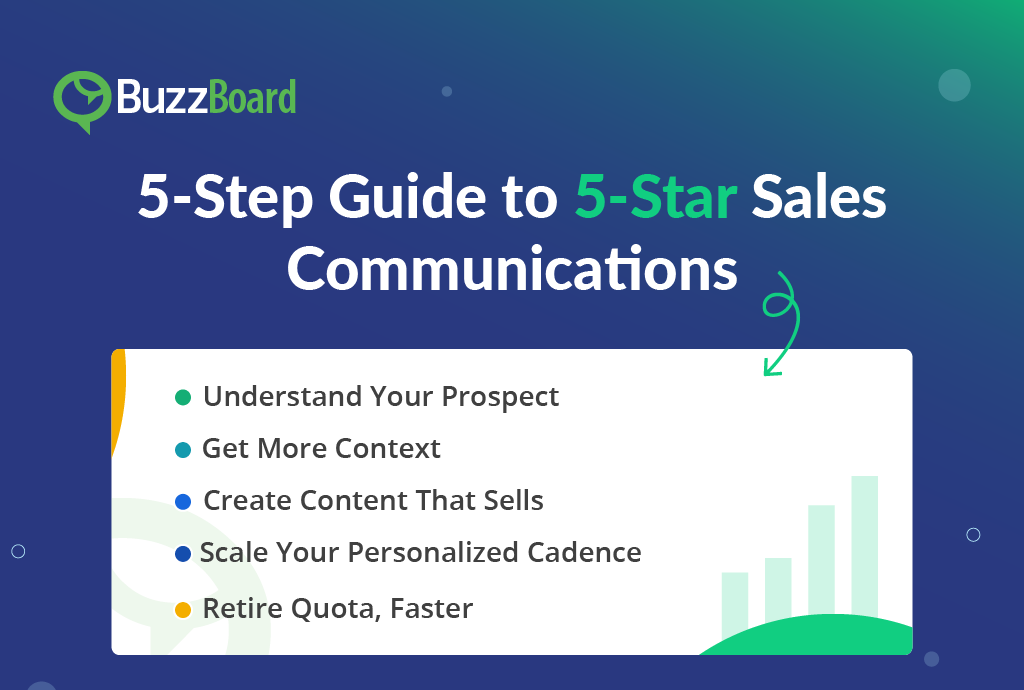The true mark of a successful sales team lies in their ability to transform hurdles into stepping stones. But here’s a reality check—teams often find themselves wrestling with a series of challenges that can feel like searching their way in the dark. And the complexity multiplies as the squad expands! In their pursuit of conquest, large sales teams demand strategic finesse and collaborative ingenuity.
For instance, leaders all too often apply outdated management tactics ill-suited for scaling or rely solely on legacy frameworks that crumble under sales teams surpassing a dozen or so reps. Clinging onto formerly reliable but crude spreadsheets, notes apps, or even whiteboards to facilitate pipeline accuracy, deal forecasting, and activity metrics slowly poisons performance. Such relatively primitive tracking methodology fails to account for the flood of crucial data pouring through the funnel. Institutional knowledge holes arise as reps receive limited continuous training and coaching, especially when managers chase quotas rather than develop skills.
Plus, the intricacies of scaling up a sales team to an enterprise-level size introduces entirely new categories of operational and management headaches unseen in smaller outfits. Sellers struggling amidst misaligned compensation plans devised by a remote corporate headquarters; constant last-minute shuffle of account assignments break continuity as managers desperately plug unexpected gaps. Meanwhile strategic partners and sales engineers float adrift, never quite syncing resources to capitalize on fleeting regional opportunities.
Modern sales organizations must reimagine historical management conventions by infusing advanced analytics, automated workflows—precisely, Artificial Intelligence (AI) into overseeing high-volume sales engines. A revolution of systems lies ahead.
Difficulties Large Sales Teams Face: What’s Hindering a Fluid Team Fellowship?
Large sales teams face the challenge of maneuvering through complex as well as antiquated systems. With an extensive customer base, diverse product portfolio, and multifaceted sales processes, keeping track of everything becomes a daunting task. Here’s more:
Inefficiencies in Workflow and Process
The larger the team, the higher the chances of inefficiencies creeping into the workflow. Consider the all-too-common scenarios of disjointed pipelines housing faulty projections, crucial deal data trapped in individual reps’ personal notebooks never to be seen again, or critical tasks falling through the cracks amidst a sea of misplaced sticky notes and languishing emails. Achieving transparency around accurate forecasts, maintaining centralized systems of record, and ensuring accountability to service level agreements prove enormously difficult for large teams still beholden to legacy frameworks.
“Underperforming B2B sales teams spend a disproportionate amount of their time—more than 50% in some cases—serving customers that contribute 20% or less to the company’s revenues. But top performers flip that equation. They invest in advanced technology stacks, analytics, and prescriptive insights and ensure that the most intensive sales engagement is preserved for high-value accounts—lowering cost-to-serve by an average of 10 to 20%, and increasing revenue per sales FTE by an average of 3 to 15%.”
Communication and Collaboration Hurdles
When disengaged representatives are tucked away in siloed divisions, each adopting disparate sales methodologies, metrics, and messaging, it gives rise to a lack of cohesive vision. Absence of standardized operating procedures for account assignments, opportunity reviews, competitive intel sharing, etc., extends past internal team dynamics down through the customer experience itself, as disjointed narratives and fractured product expertise erode trusts.
Ultimately, the very foundation of sales success, that of interconnected guidance, transparency, and accountability, cracks under misguided assumptions that communication simply emerges organically.
Data Overload and Analysis Paralysis
More data often translates to more opportunities, but it also means more noise to sift through. Imagine sales managers immersed in amalgamated CRM reports, marketing campaign analytics, individual rep data, third party competitive intelligence, and yet still struggling to chart optimal go-to-market strategies. In short, more data breadth without proper tools to cut through the noise ultimately leads to analysis paralysis.
Legacy sales reporting frameworks powered mostly by manual uploads, rudimentary visualization, and siloed databases clearly suffer from such scale. Data integrity itself remains questionable if left to individual interpretation and manipulation. Soon customer contacts get spammed, critical leads stay buried, outdated strategies persist, and revenue creation stalls.
Furthermore, sales leaders guiding massive teams grapple in vain to cultivate consistent standards, messaging, and excellence without dedicated tools designed specifically for scalability challenges. In all honesty, overreliance on tribal knowledge transfer and ad hoc training programs trigger large sales team failures quite often.
Yet, amidst such challenges, the heartbeat of a large sales team—the people—requires constant attention. Motivation wanes, and retention becomes a tightrope walk. Fortunately, AI-layered functionality proves foundational by codifying standards into everyday workflows rather than leaving excellence up to manual interpretation alone!
“97% of sales leaders and sales operations pros say AI gives reps more time to sell.”
Empower Your Sales Team with AI
Technology, like AI, guides reps to stay on track, catch differences early, and fix problems faster. This keeps customers happier and sales strong even with hundreds of reps.
The rapid maturation of Artificial Intelligence now provides sales leaders an opportunity to revolutionize outdated enablement practices rather than simply applying brute force human effort against mounting complexity challenges. When infused responsibly, AI-powered systems excel at extracting contextual insights from exponentially growing datasets, monitoring productivity anomalies in real-time, delivering personalized and measurable skill building modules at scale, and even preempting competitive threats early via external signals analysis. Machine learning algorithms in particular adapt to ever-changing sales dynamics, coaching where human capacity remains finite.
The most visionary sales organizations will tap into machine augmentation across the enablement lifecycle, freeing up leaders to focus on strategy and inspiration rather than fighting daily fires. Are you ready to transform your reps into top performers with GenAI?
Learn how your sizable or growing sales army can implement AI to achieve unprecedented efficiency and success—an in-depth analysis with practical examples await in the following post!








